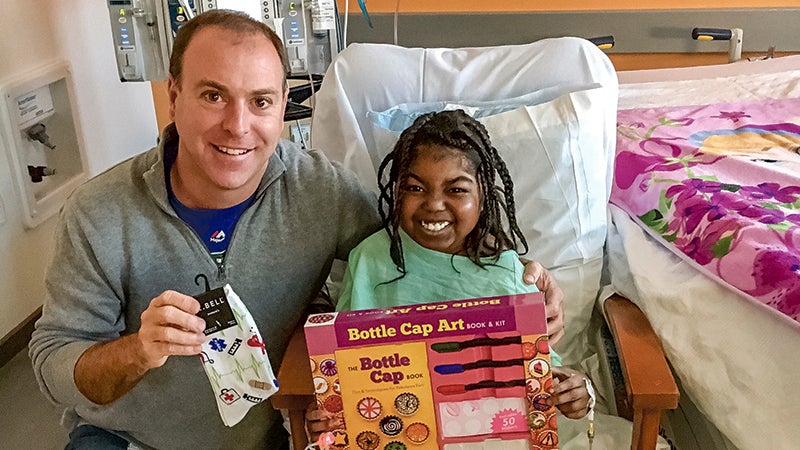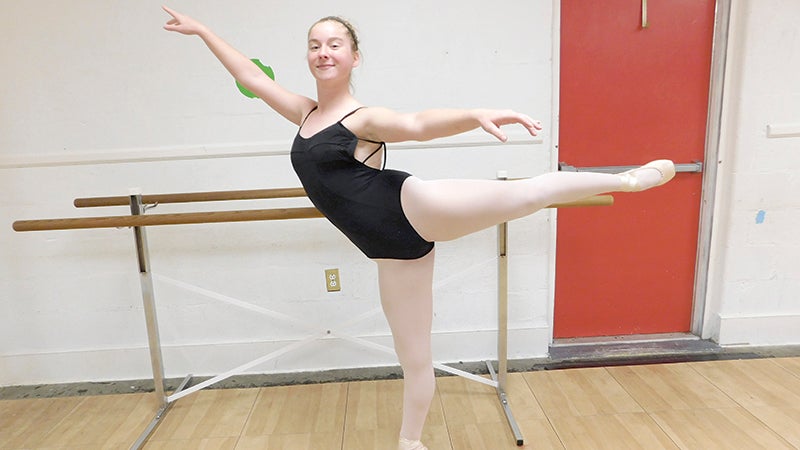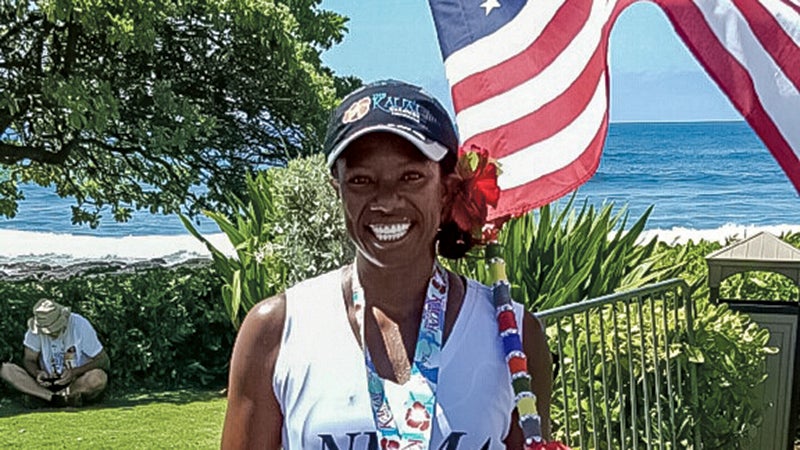Forensics ‘not glitz and glamour’
Published 10:08 pm Tuesday, August 13, 2013

A technician at the Virginia Department of Forensic Science’s Eastern Laboratory in Norfolk works on Tuesday. The laboratory gave media tours in recognition of National Forensic Science Week.
Whether the case is a break-in or a murder, a drug offense or an arson, a hit-and-run or a digital crime, evidence from practically every case in Suffolk gets turned over to the Virginia Department of Forensic Science.
The department’s Eastern Laboratory in Norfolk evaluates evidence for crimes that take place throughout the Hampton Roads area and beyond, including Southampton County, Williamsburg and the Eastern Shore.
Eastern Laboratory Director Susan Stanitski led a media tour of the lab on Tuesday in recognition of National Forensic Science Week. Stanitski said it is important to promote a more accurate view of forensic science than that portrayed in television crime dramas.
“I think there’s a myth from a lot of the TV shows they can have the evidence processed and evaluated in about an hour,” Stanitski said. “They do tend to shed almost a bad light on forensics.”
Misconceptions about forensics held by the general public can be dangerous when it comes to things like jury trials, Stanitski said. Juries might expect evidence from unreasonable sources or wonder why it took so long to process test results, she said.
“I think it’s important to let people know it is not glitz and glamour,” Stanitski said.
While crime dramas can go from crime to trial in an hour-long episode, it takes longer than that just for the evidence to get to the Norfolk lab.
Most police departments save all their evidence and bring it in once a week or so, Stanitski said. Evidence is sealed in multiple containers when it arrives at the secure facility.
All evidence is given a tracking number when it arrives and then waits for testing. Some evidence — such as handwriting samples, hair and fibers — is sent to one of Virginia’s three other laboratories for examination by specialists.
Analysis of suspected controlled substances is the “bread and butter” of the Norfolk lab, Stanitski said. About 600 to 800 cases a month are delivered to the lab, which tests the substances to see if they are illegal drugs.
“Our meth lab cases are starting to kind of increase a little bit in this part of the state,” Stanitski said, adding the problem has been migrating east from more rural parts of Virginia.
Another, relatively new problem is synthetic drugs like “bath salts,” Stanitski said.
“The difficult thing with the analysis of this is the people that make them stay one step ahead of the laboratories,” she said. “As soon as the substance gets controlled, they manipulate the compound to make it actually legal, so it’s not an illegal compound but it has the same effects as the illegal compound.”
Another type of testing that has increased is DNA evidence, Stanitski said. Because juries expect DNA can be found on almost any surface at a crime scene, technicians are submitting more tests to avoid the “Why didn’t you test it?” question, Stanitski said.
Other evidence that can be tested at the Norfolk lab includes fire debris, glass, paint, ballistics and other weapons, fingerprints and toxicology — the amount of a substance a person has in his system at a certain point in time.
Complicating the lab’s practices is that there is a backlog on cases, she said. The backlog is about a month for drug cases and up to three months for fingerprint cases. However, some cases — such as DNA tests that will help identify a body — are prioritized first.
“It’s not glamour, but it is a lot of fun,” Stanitski said. “I’ve been doing it for 25 years, so it is a lot of fun.”





